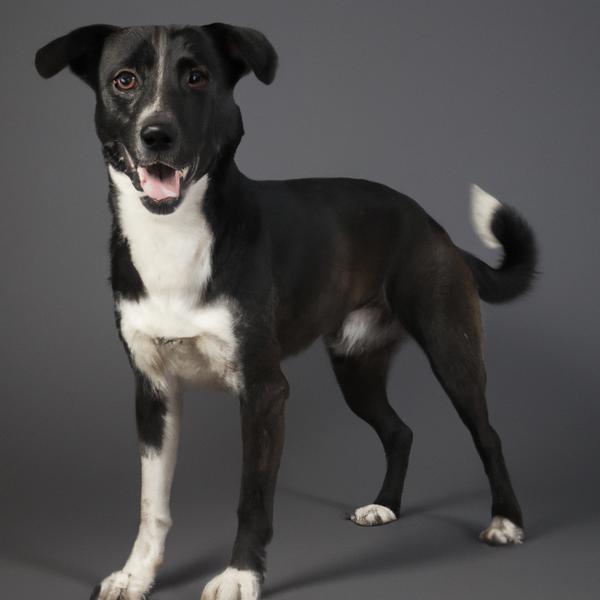Labrasenji vs. Tosa: Breed Differences and Similarities
Hypoallergenic
Are Labrasenjis or Tosas hypoallergenic, or neither?
Unfortunately, neither Labrasenji nor Tosa are hypoallergenic, which may not make them the best choice for dog lovers who suffer from pet allergies.
Origin
What is the origin of Labrasenji and Tosa dog breeds?
United States
Japan
Ancestry
What are the origins of Labrasenji and Tosa breeds?
Basenji, Labrador Retriever
Kocki, Shikoku, Mastiff, German Pointer, St. Bernard
Date of Birth
When were Labrasenji and Tosa breeds first developed?
2000s
1800s
Eye Color Possibilites
What are the eye colors of Labrasenji and Tosa dogs?
Hazel
Brown
Amber
Brown
Nose Color Possibilites
What are the natural nose colors of Labrasenji and Tosa?
Black
Brown
Black
Coat Color Possibilites
What are the natural colors of the coat for Labrasenji and Tosa breeds?
Black
Brown
Red
Cream
Fawn
Brindle
Fawn
Red
Brindle
Black
Coat Length
What is the typical coat length for Labrasenji and Tosa breeds?
The coat of Labrasenji and Tosa dogs ranges in length from short to medium.
Coat Density
What is the density of the coat of Labrasenji and Tosa?
Coat Texture
What is the hair texture of Labrasenji and Tosa?
Straight
Litter Size
What is the usual litter size for Labrasenji and Tosa?
A Labrasenji can have a litter of 5-10 puppies on average. However, it's worth noting that the size of the litters can vary greatly. Factors that can influence litter size include the health of the mother, breeding history, and genetics.
A Tosa can have a litter of 10-12 puppies on average. However, it's worth noting that the size of the litters can vary greatly. Factors that can influence litter size include the health of the mother, breeding history, and genetics.
Major Concerns
What are the major health concerns for Labrasenji and Tosa breeds?
Fanconi Syndrome
Basenji Enteropathy
Hip And Elbow Dysplasia
Persistent Pupillary Membranes (PPM)
Pyruvate Kinase (PK) Deficiency
Hip Dysplasia
Gastric Dilation Volvulus (GDV) or Bloat
Minor Concerns
What minor health issues should be kept in mind when owning Labrasenji and Tosa?
Entropion
Ectropion
Retinal Dysplasia
Eye Problems
Occasional Tests
What occasional tests are recommended for Labrasenji and Tosa breeds?
Dna Test For Pk
Fanconi Urine Test
Eye Examination
Ear Examination
Endocardiogram
Cardiac Ultrasound
Internal Imaging (x-ray, CT scan, MRI, etc.)
OFA
CERF
X-Rays
Full Physical Examination
Past times
What are some enjoyable activities and ways to keep Labrasenji and Tosa entertained?
Walking, Fetch, Play, Sleep, Swimm, Jogging, Companion, Hike, Swim, Chewing, Walk, Run, Jumping, Tug-of-war, Playing, Hiking, Sleeping, Laser light, Swimming, Cuddling, Running
Cuddling, Chasing stick, Going on drives, Going on walks, Photo shoots, Playing, MAJOR cuddler
Activity Level
Which breed has higher energy, Labrasenjis or Tosas?
Labrasenjis are high-energy dogs. They need mental as well as physical exercise. These dogs require a lot of your involvement and without it they can, and will, become problematic dogs.
Tosas are medium-energy dogs and typically enjoy socializing and playing casual or even sustained games of chase with other dogs. They may also have occasional periods of barking or racing around the house.
Walks per Week
How many miles should Labrasenji or Tosa walk each week?
There's really no limit to how far you walk your dog as long as they're comfortable. For Labrasenji, it's at least 13 miles / week. Just remember to build distance and stamina gradually over time.
There's really no limit to how far you walk your dog as long as they're comfortable. For Tosa, it's at least 10 miles / week. Just remember to build distance and stamina gradually over time.
Activity per Day
Do Labrasenjis or Tosas require more exercise?
In general most Labrasenjis usually need at least 75 minutes of exercise daily. This can be spread across the day and include all sorts of high-energy activities, like walking, running and playing.
In general most Tosas usually need at least 60 minutes of exercise daily. This can be spread across the day and include all sorts of high-energy activities, like walking, running and playing.
Brushing Frequency
What is the recommended brushing frequency for Labrasenji and Tosa dogs?
Labrasenji and Tosa should be brushed at least once a week. Of course, you can give them more frequent brushes if you find that they are still shedding a lot.
Brushing Tools
What brushing tools are used for Labrasenjis and Tosas?
Slicker Brush
Comb
Nail Clipper
Slicker Brush
Nail Clipper
Cups
How much food should be given to Labrasenji or Tosa in cups?
For an average 40-70 pound (18 - 32 kg) Labrasenji feed 3.5 cups daily. But, keep in mind, the amount you feed is going to be dependent on the quality of the food you are feeding.
For an average 120-170 pound (54 - 77 kg) Tosa feed 4 cups daily. But, keep in mind, the amount you feed is going to be dependent on the quality of the food you are feeding.
Daily Cost
Which breed has a higher daily cost, Labrasenji or Tosa?
The average cost of a Labrasenji is somewhere $3.40 - $4.50 per day.
The average cost of a Tosa is somewhere $3.90 - $4.20 per day.
Monthly Cost
Which breed has a higher monthly cost, Labrasenji or Tosa?
The average per month expenses of a Labrasenji is between $101 - $134. This makes an average of $1212 - $1608 per year. It will be on the higher side when the dog is still small because it will need more frequent visits to the vet, shots.
The average per month expenses of a Tosa is between $112 - $126. This makes an average of $1344 - $1512 per year. It will be on the higher side when the dog is still small because it will need more frequent visits to the vet, shots.
Compare Labrasenji with other breeds

Cheeks
Labrasenji vs Cheeks
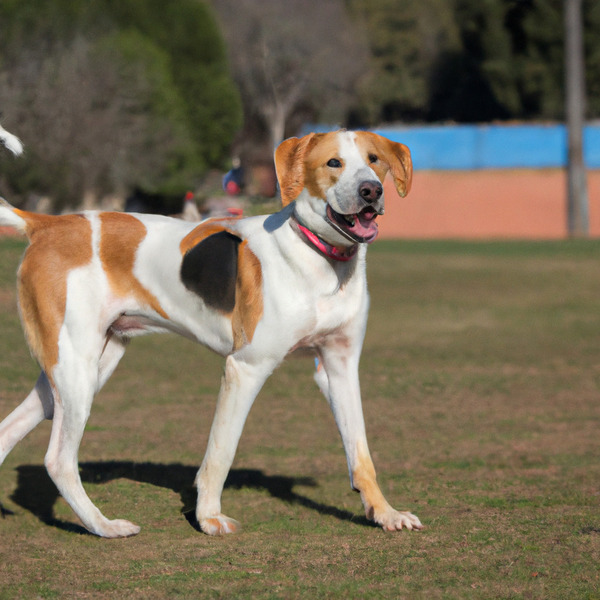
Hellenic Hound
Labrasenji vs Hellenic Hound
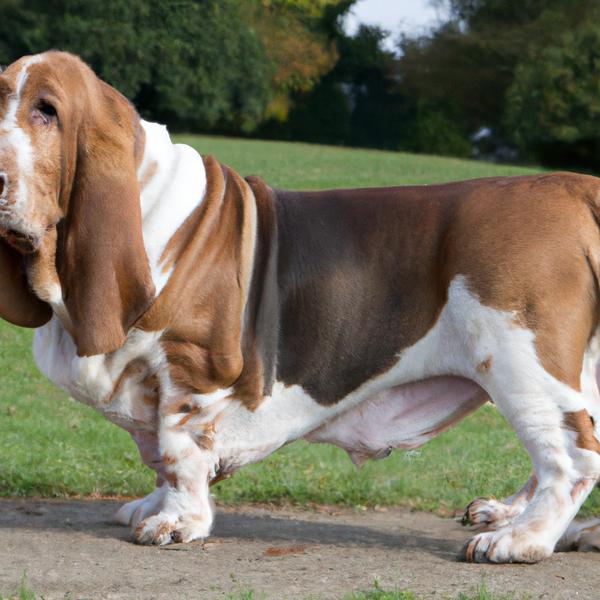
Basset Retriever
Labrasenji vs Basset Retriever

German Wirehaired Pointing Vizsla
Labrasenji vs German Wirehaired Pointing Vizsla

Smooth Foxker
Labrasenji vs Smooth Foxker
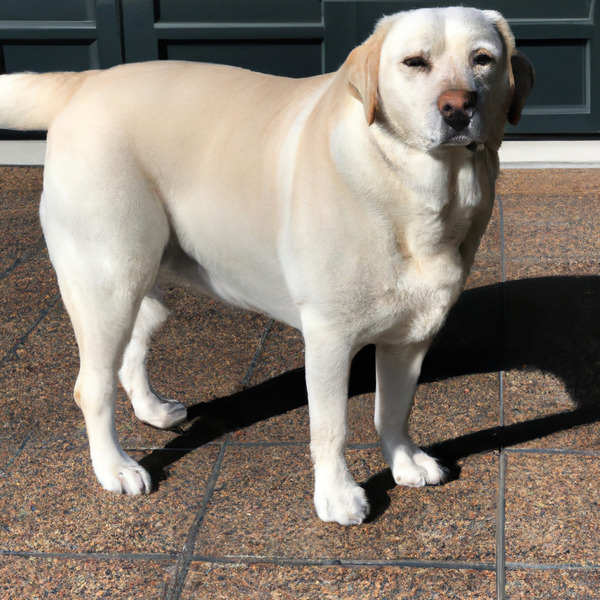
Labbe
Labrasenji vs Labbe
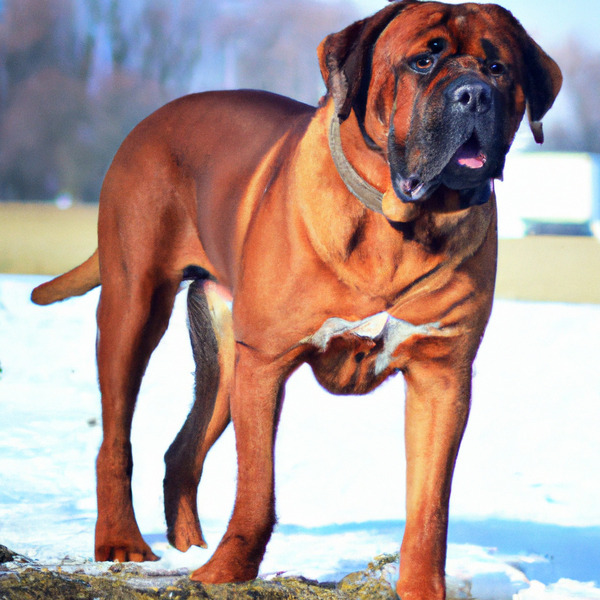
Tosa
Labrasenji vs Tosa
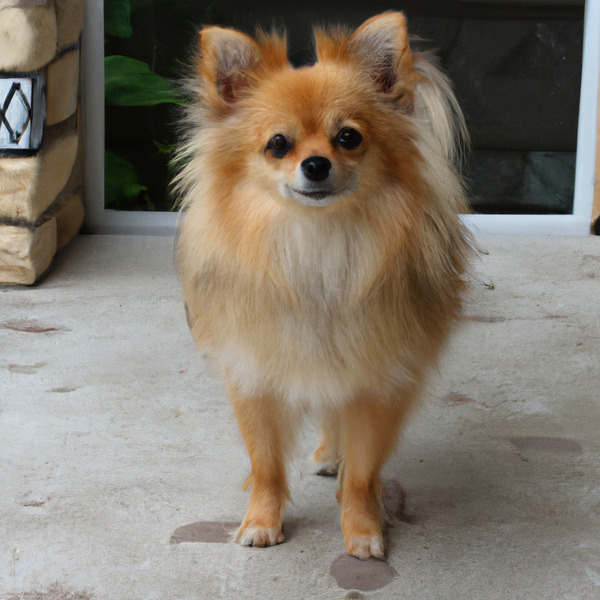
Pomchi
Labrasenji vs Pomchi
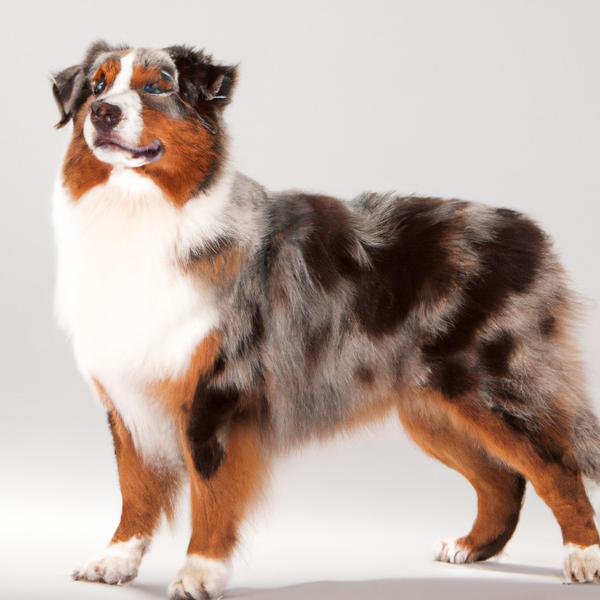
Confetti Australian Shepherd
Labrasenji vs Confetti Australian Shepherd

Boxita
Labrasenji vs Boxita
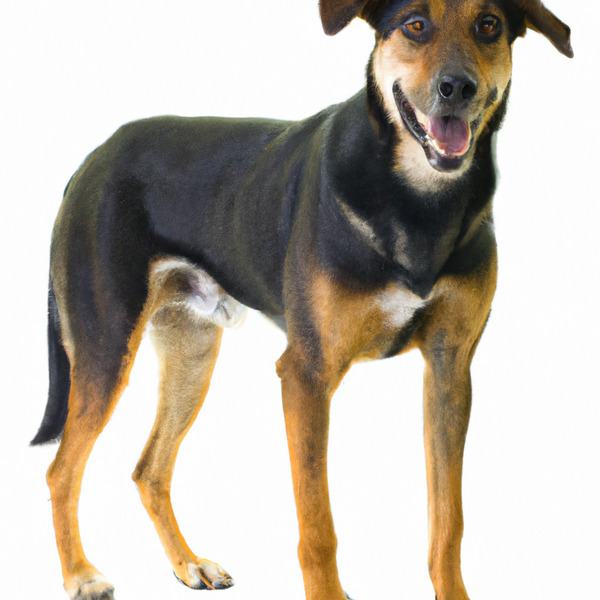
Huntaway
Labrasenji vs Huntaway

Labrador Retriever
Labrasenji vs Labrador Retriever
